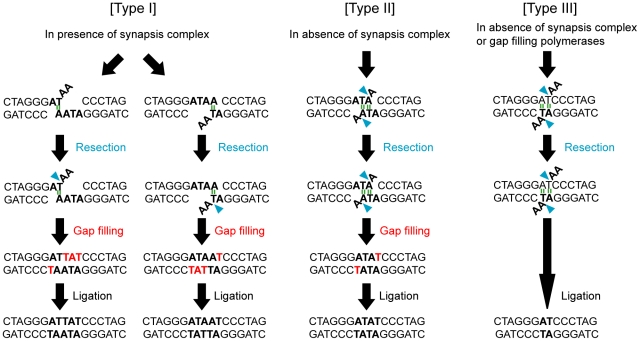Figure 3. Deduced NHEJ process for the formation of joint products.
(A) Type I products are formed by joining, which is accompanied with the resection of two bases at one DNA end, followed by gap filling and ligation. (B) Type II products are formed by joining, which is accompanied by the resection of one base at both DNA ends, followed by gap filling and ligation. (C) Type III products are formed by joining, which is accompanied by the resection of two bases at both DNA ends, followed by ligation. The type I product is formed predominantly in the presence of synapsis proteins. Type II and III products are predominantly formed in the absence of synapsis proteins. Hydrogen bonds are likely used to anneal the DNA ends (green). Type III products are formed via the annealing of DNA ends using a two base homology pair without gap filling, and are thus a major product formed in the absence of gap-filling proteins POLλ and POLμ.

